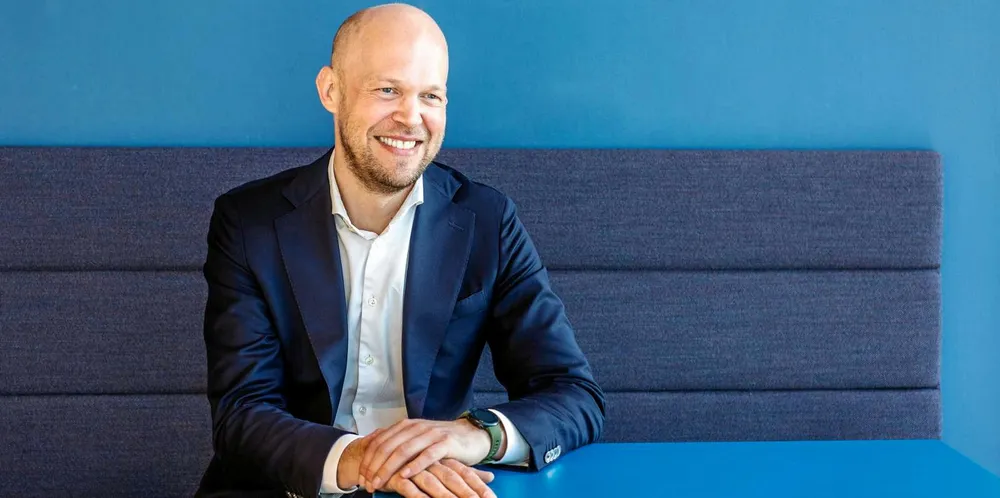'We absolutely see floating wind as complimentary to fixed in our core plays': Orsted Europe chief
The Danish offshore wind pacesetter is the latest convert to floating technologies, with plans to bring its industrial weight and experience to bear on first commercial tenders, its SVP for continental Europe, Rasmus Errboe, tells Recharge

“So we have been monitoring [the market], making sure we didn’t miss out on any entrant opportunities. But we feel floating has so far been about R&D and pilot projects, and about finding the ‘right’ technologies,” he said.
“The reason we are going into floating wind now is because in the coming years we believe [the sector] is now moving into real, early-stage projects – the Norwegian government [is about to] put out three times 500MW [of project sites]… these are a ‘meaningful’ size of floating wind project.”
“We absolutely see floating becoming complimentary to bottom-fixed in our core markets. It is not about one or the other. Look at Europe, where [industry advocacy body WindEurope] foresees 100-150GW [of the 300-450GW total offshore wind plant projected to be built] by 2050 to reach net zero having to be floating,” said Errboe.
“We have been developing bottom-fixed offshore wind for 30 years – and we have all the experience and technology development culture that comes with this. The [European Commission] numbers that I quoted before: that is the important part for me when I think about floating wind off Europe… the long term potential.”
Orsted has distinguished itself in the global offshore wind industry’s market-making expansion for installing more wind turbines than any other developer, with 7.6GW turning and 2.3GW under construction at the end of 2020.
But Errboe believes that while this deployment-focused approach has a clear industrial fit in accelerating the floating build-out, he thinks some of the developer’s “other strengths” will also be key.
“Orsted is much more than just about ‘scale’”, he said, pointing at the company’s leadership in the offshore wind sector’s innovation culture through its partnership and part-financing of a wide range of technologies, including alternative jacket foundation designs and wind resource measurement systems.
“But, that said, what is needed by floating wind is scale – the sector is just ahead of a real step-change caused by the fact that governments are putting out sizeable development opportunities for the industry to go for.
“And,” Errboe added, “if you look at the cost-out that Orsted has been part of driving in the sector in the last decade: one would have to expect, to some extent, the same trajectory for floating.”
Errboe believes new models of partnership will be key to gearing up floating wind’s expansion in Europe: “Companies likes ours will be able to offer construction and project execution capabilities and we will look to supplement that with the ‘early knowledge’ [from partners] that has been built so far on first projects, there is no doubt.
“As a starting point [for floating wind partnerships] we have our current approach, developed through our bottom-fixed business,” he said. “Like with Fred Olsen and [Oslo utility] Hafslund Eco [in Norway], it’s about complimentary capabilities but we also look for companies with a strong ground game in a [regional] market.”
Wait and see on platforms
“It is still too soon for us to say what will be a commercial ‘next generation’ concept. We certainly don’t believe there will be one winning concept,” he stated, adding that Orsted expected a natural commercial evolution of the sector, where “in a short time you will see across the industry what developers choose as their concepts for these relatively big leases that are coming up, off Europe but, again, internationally too”.